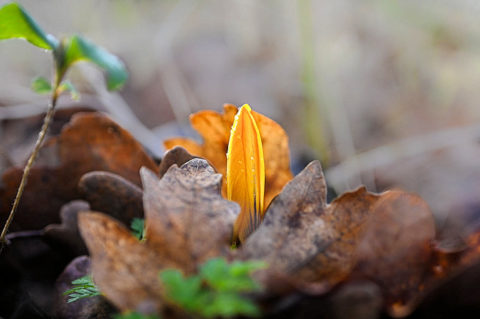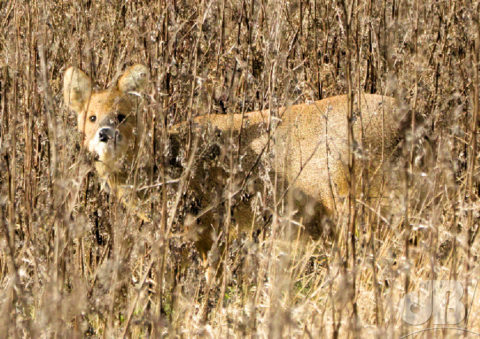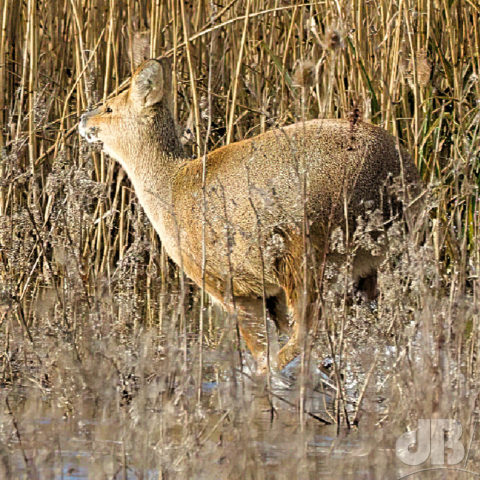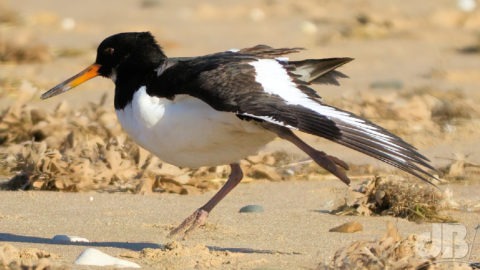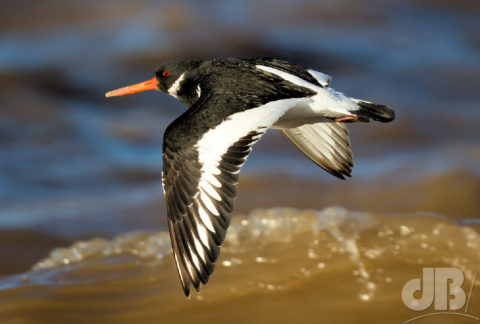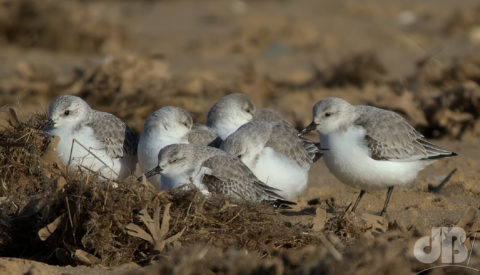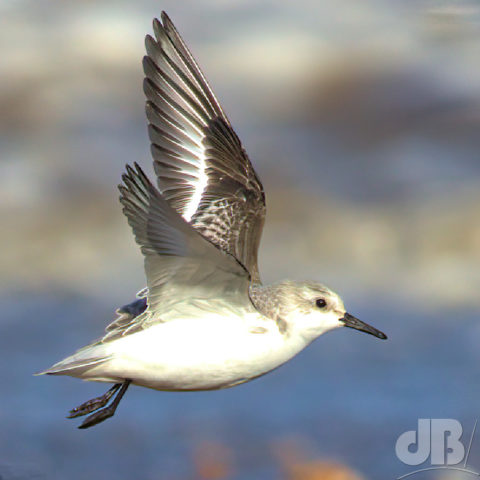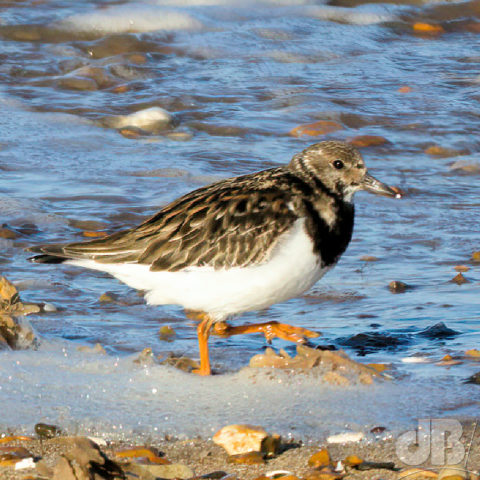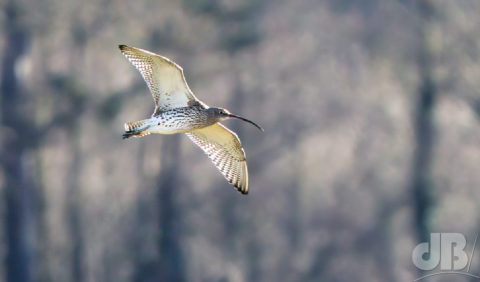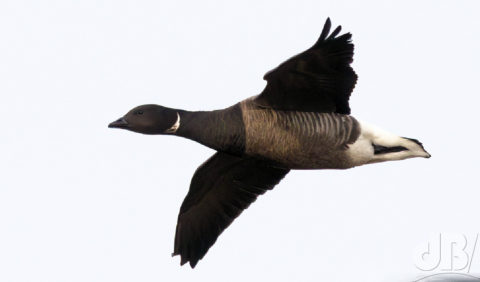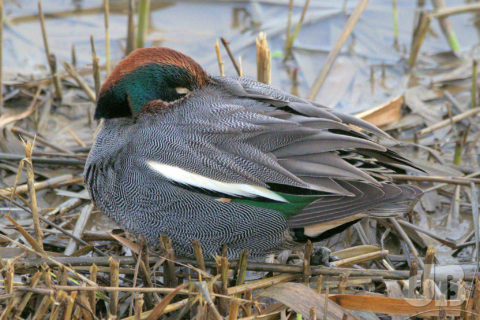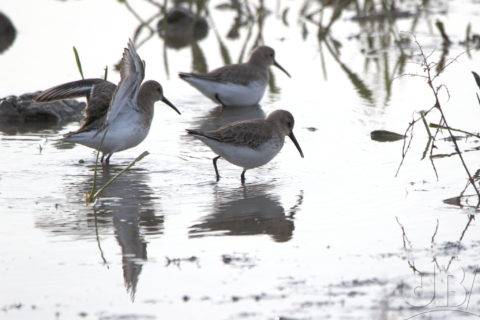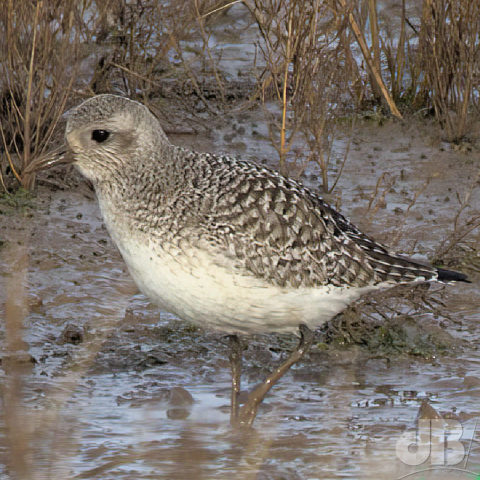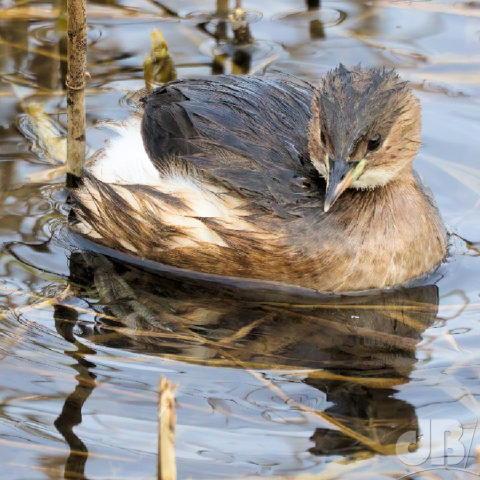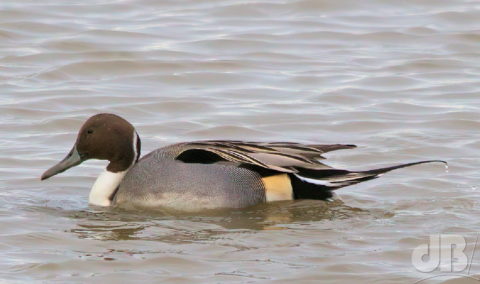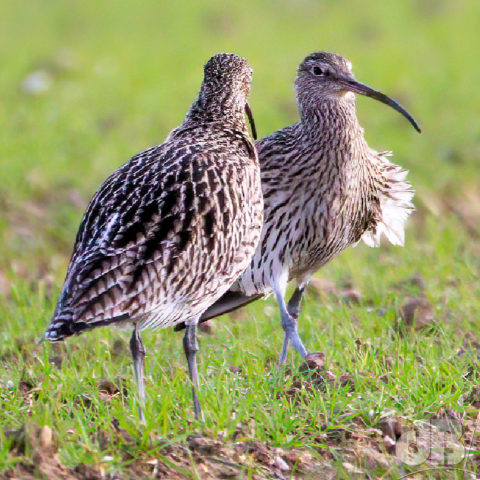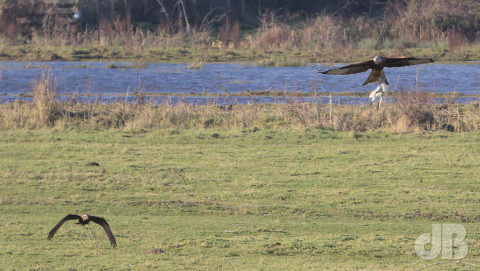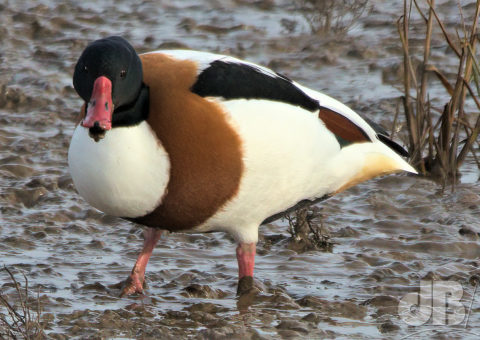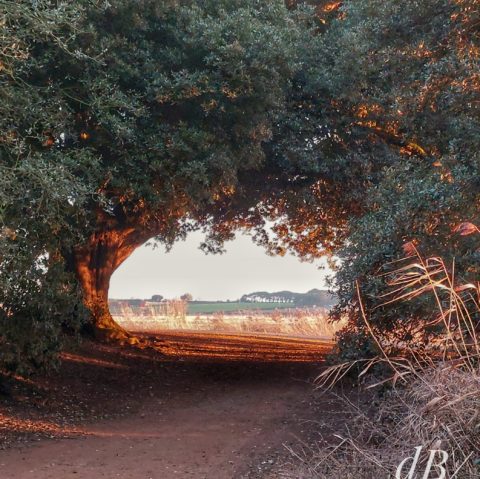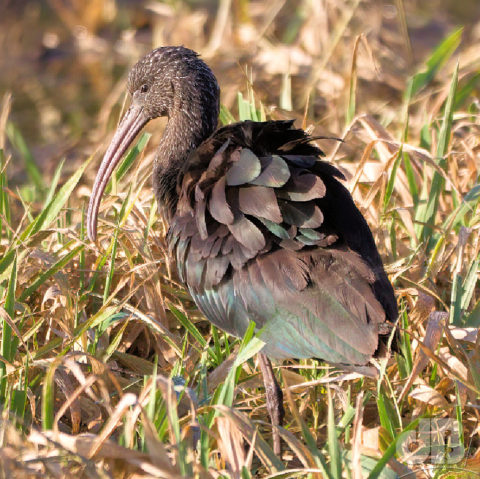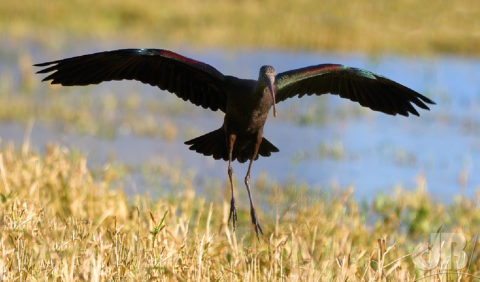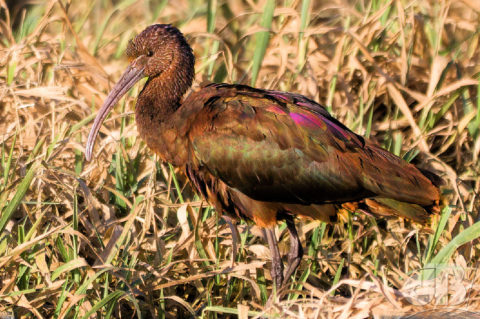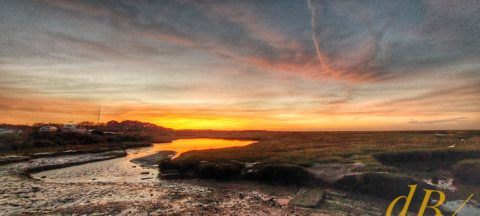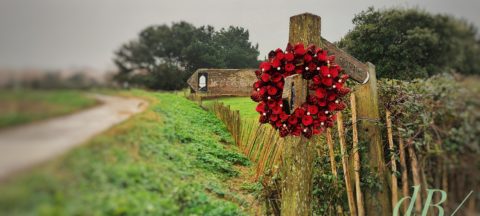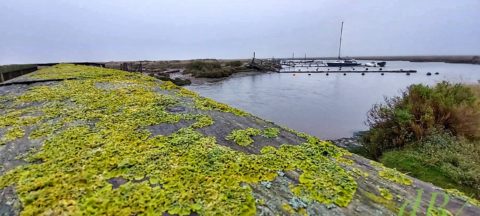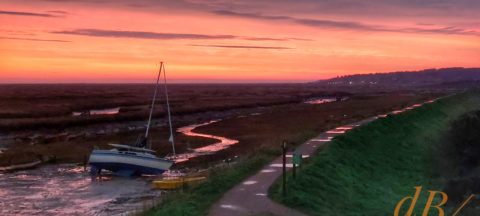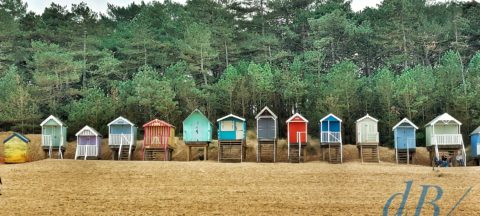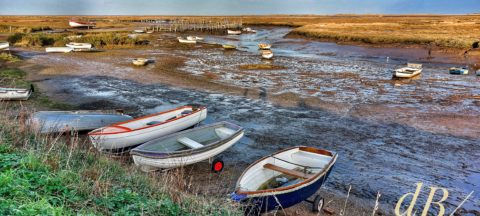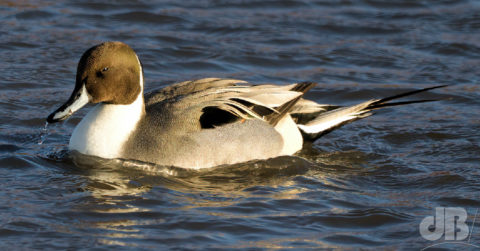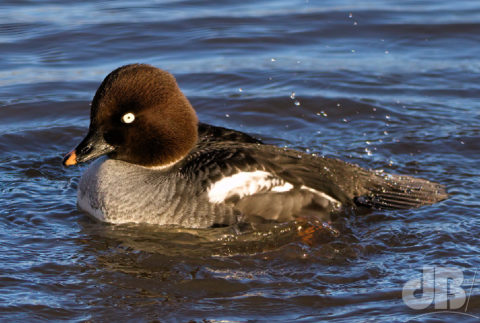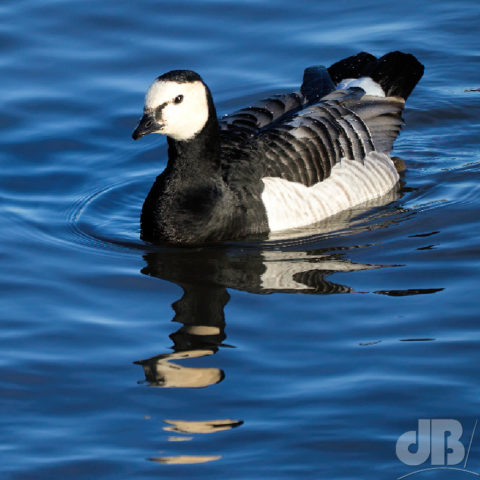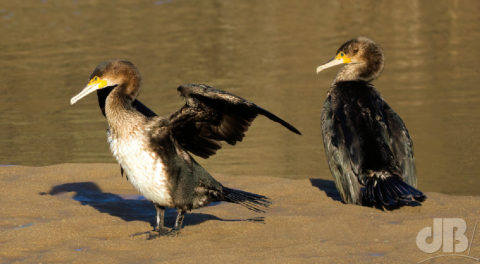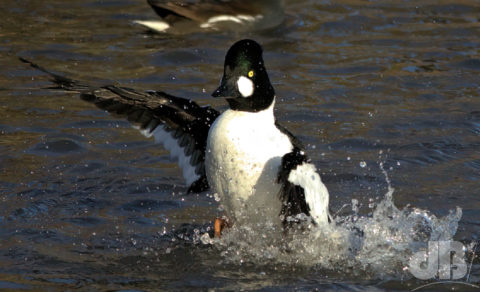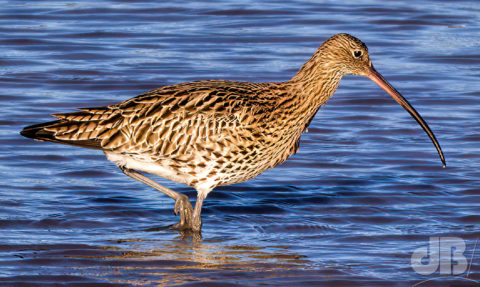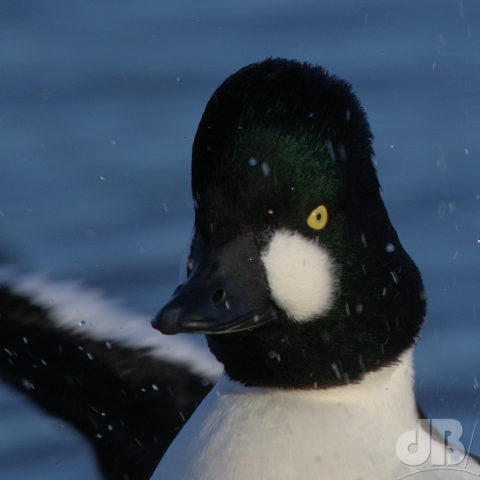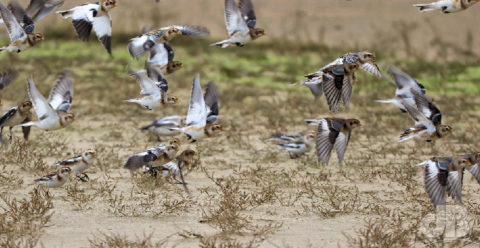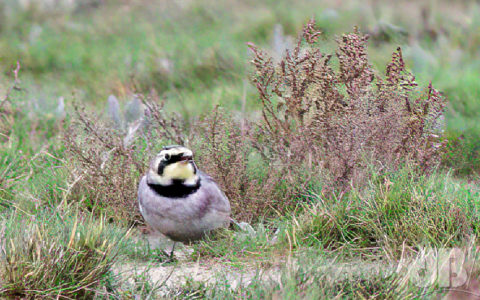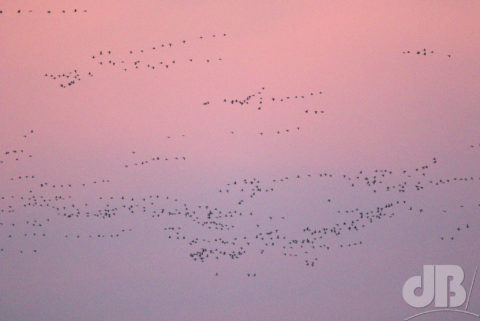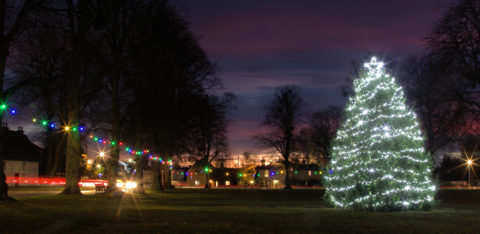I asked a “plot generator” website to come up with a story based on a couple of dozen words I input. This is what it came up with:
The sleet that rained like chatting lizards
Matt Trescothik was thinking about Jenny Slaughden again. Jenny was a kind juggler with dirty lips and ugly arms. Matt walked over to the window and reflected on his picturesque surroundings. He had always hated damp Wivenhoe with its energetic, excited estuaries. It was a place that encouraged his tendency to feel puzzled.
Then he saw something in the distance, or rather someone. It was the a kind figure of Jenny Slaughden. Matt gulped. He glanced at his own reflection. He was a deranged, splendid, wine drinker with hairy lips and ample arms. His friends saw him as a bulbous, bewildered brute. Once, he had even rescued a silent old man from a burning building.
But not even a deranged person who had once rescued a silent old man from a burning building, was prepared for what Jenny had in store today.
The sleet rained like chatting lizards, making Matt unstable. Matt grabbed a cursed hat that had been strewn nearby; he massaged it with his fingers. As Matt stepped outside and Jenny came closer, he could see the good smile on her face. Jenny gazed with the affection of 5729 intelligent damaged dogs. She said, in hushed tones, “I love you and I want work.”
Matt looked back, even more unstable and still fingering the cursed hat. “Jenny, I like your toes,” he replied. They looked at each other with ambivalent feelings, like two mighty, magnificent mice rampaging at a very greedy accident, which had jazz music playing in the background and two bold uncles sitting to the beat.
Matt studied Jenny’s dirty lips and ugly arms. Eventually, he took a deep breath. “I’m sorry,” began Matt in apologetic tones, “but I don’t feel the same way, and I never will. I just don’t love you Jenny.” Jenny looked barmy, her emotions raw like a grisly, gloopy guitar.
Matt could actually hear Jenny’s emotions shatter into 5009 pieces. Then the kind juggler hurried away into the distance. Not even a glass of wine would calm Matt’s nerves tonight.
THE END
The site also generates reviews (auto praise) of your “story”
